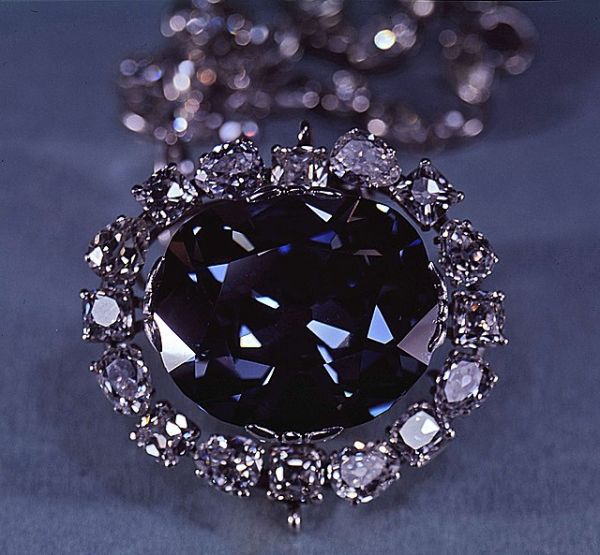
The Smithsonian Institution is not only the world's largest museum, it is situated along the National Mall in our nation's capital, and admission is free. Almost everyone goes to see it sooner or later, although it's impossible to see it all in one trip. So it's no wonder that many urban legends have been attached to the institution in its 178 years. You may be familiar with some of them.
For instance, the Hope Diamond is supposed to be cursed. Sure, some bad things happened to some of the owners, but that's life among the rich and powerful. The story of the "curse" was made up by a jeweler in the early 20th century to entice a rich socialite to buy the diamond. It worked. But then what? The woman who bought the diamond experienced several tragedies, and after her death and the sale of her gems, the postal worker who delivered the Hope diamond to the Smithsonian also suffered several tragedies within the next year. He said, “If the hex is supposed to affect the owners, then the public should be having the bad luck.” I guess we know who to blame, then.
Other myths and legends about the Smithsonian are true stories that the institution had nothing to do with, or were viral hoaxes, or just plain historical misunderstandings. Yes, benefactor James Smithson's remains are at the Smithsonian Castle, just not in the rumored spot. Read the truth behind 13 Smithsonian legends at (where else?) Smithsonian.
(Image source: Smithsonian Institution Archives)





